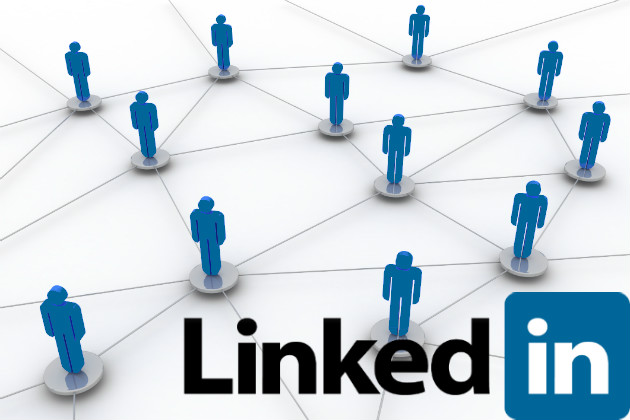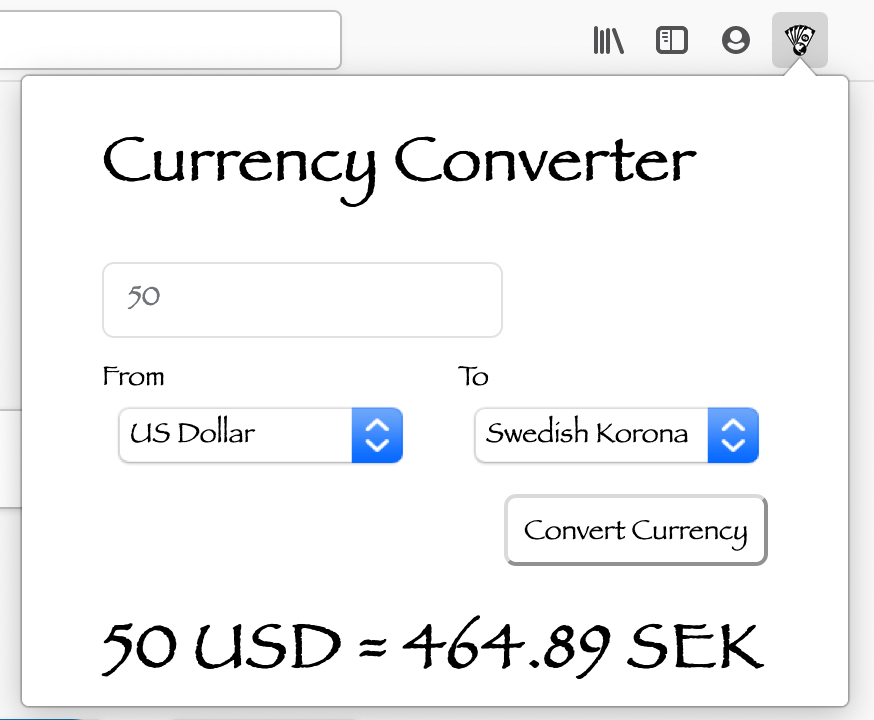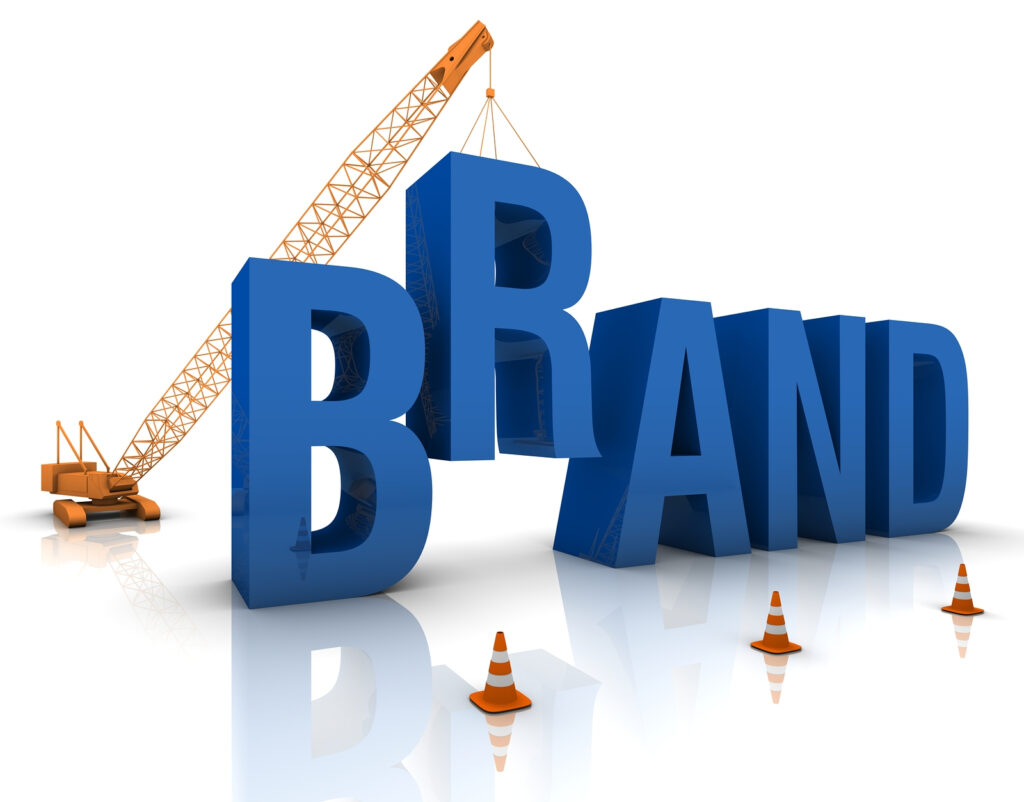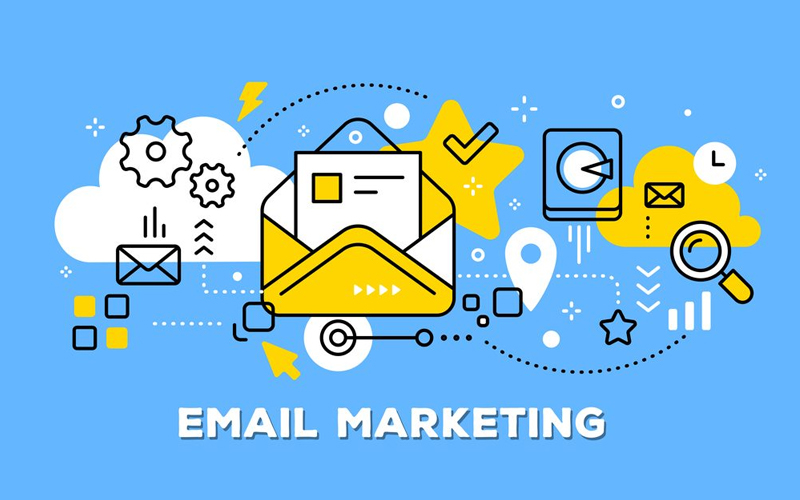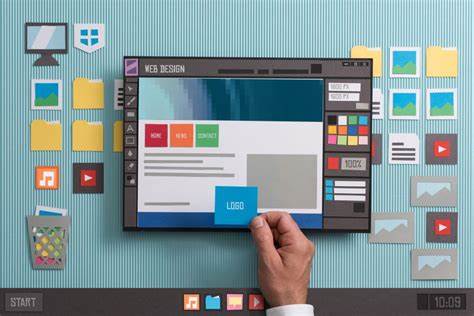
It’s hard to market a new website in 2021 when there are countless websites competing online in every industry. With an online presence, your startup brand must work hard to build a steady stream of visitors and gain market share.
Unlike the early days of the internet, when companies were less digitally savvy and websites were few, in 2021 there is a lot more to consider. Branding, content, and targeted campaigns are vital to your business success.
It’s not just about creating and launching a website. You must combine traditional marketing concepts with newer digital approaches if you are to achieve your business objectives and attract targeted visitors.
This is true even if your marketing budget is limited. Larger companies with more resources will always succeed in attracting customers. Small businesses must work harder to compete than large corporations.
An estimated 60% of new businesses fail within three years, according to The Telegraph. Poor management and lack of demand are major factors. A lack of a credible marketing strategy probably causes many failures.
Here are some tips for launching a successful website in 2021:
1. Create a distinct brand identity
A memorable brand image is crucial, especially if similar sites exist in your industry. Being unique can help you stand out in a crowded market and help you differentiate yourself. Don’t be afraid to set your own course and communicate your business values clearly. Produce a distinct logo, color scheme, and design.
2. Your online campaign relies on search
People use search engines like Google to find websites, no secret. For targeted website traffic, search is critical. Even a shoestring business should invest in SEO. Pay-per-click (PPC) advertising may also be considered for faster results. Even if you’re working on an organic-search campaign, PPC can help you boost revenue
3. Do not rely solely on digital marketing
If you’re a small business, traditional marketing is still very effective. Consider direct mail, radio, TV, billboards, sponsorship, networking, and even PR stunts for your product or service. For businesses in a city or county with a large advertising budget, traditional methods can often be effective.
4. Most industries need social media
Usage of social media opens new marketing channels. But first, make a plan for your social media marketing. Consider your service or product. What platforms do your clients use? Engage prospects with valuable content. Increase your website traffic and ultimately generate new business by expanding your reach.
5. Obtain local and national media coverage
Every company should aim for media exposure. A media appearance can catapult a startup firm’s brand from obscurity to fame in minutes. Quality digital and print media mentions also help your SEO campaigns and credibility. Target both local and national media. Also, have a newsworthy story ready to pitch.
6. Use content that reflects your brand
Insufficient content can hinder a website’s growth. To stay competitive online, you need a content marketing strategy that appeals to your target demographic. Consider what your prospects want to know. Develop content marketing campaigns that include written, video, and photography.
7. Assess and adjust your progress
Long-term success requires continuous monitoring and evaluation of marketing campaigns. Use data to fine-tune and test new marketing ideas. Informed decision-making improves competitiveness by allowing you to see the big picture. Change or adjust as you notice new patterns.
